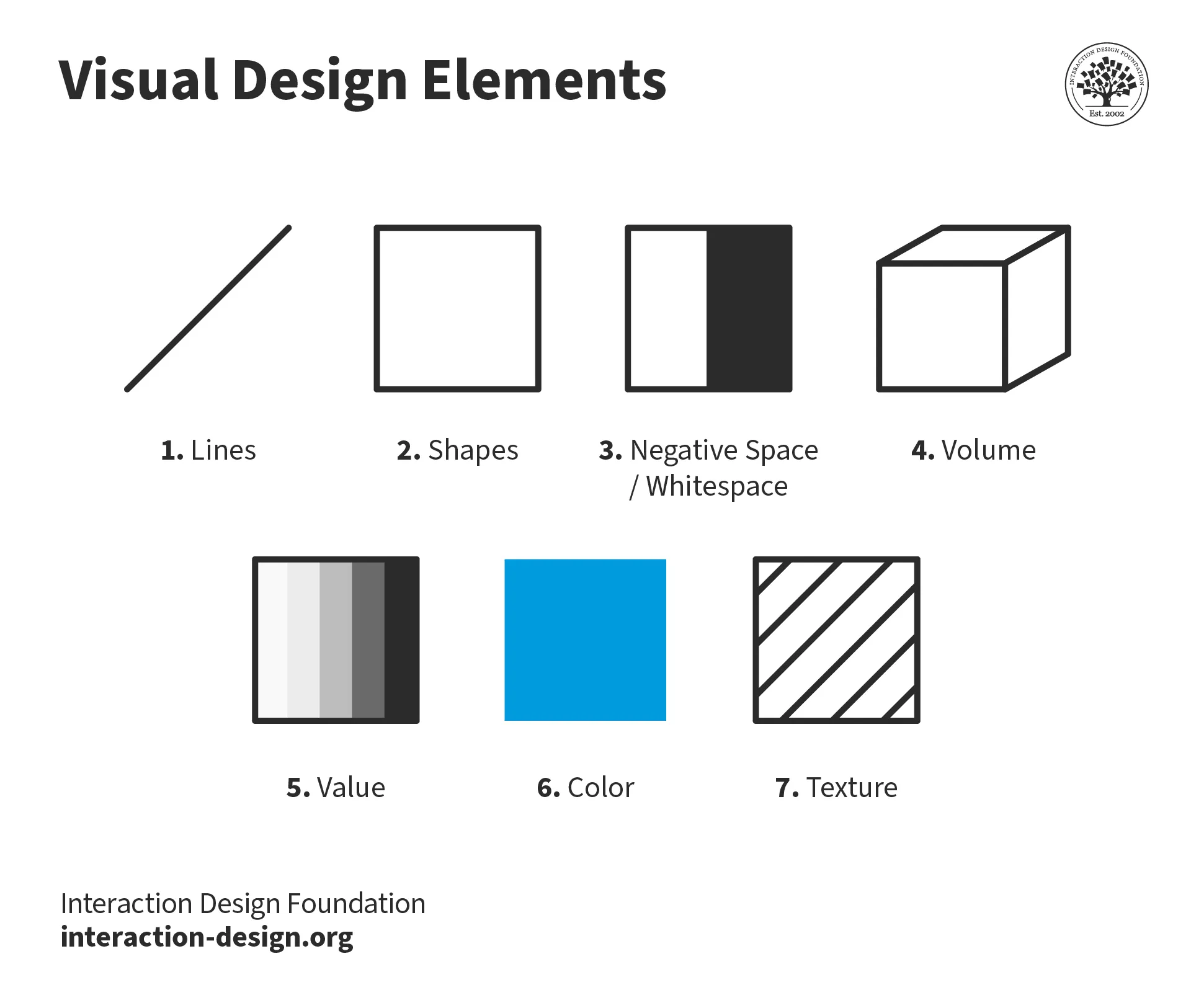Visual Design
What is Visual Design
Definition:
Visual Design is a discipline within the realm of graphic design and communication that focuses on the aesthetic and artistic elements of a visual composition. It involves the thoughtful arrangement of visual elements such as color, typography, imagery, and layout to create engaging and effective designs. Visual designers aim to convey a specific message or evoke particular emotions through their creations, whether in digital or print media.
Analogy:
Visual Design can be likened to the interior design of a space. Just as an interior designer strategically arranges furniture, colors, and decor to create a cohesive and pleasing environment, visual designers curate elements like color schemes, fonts, and images to craft visually appealing and communicative designs that resonate with the audience.
Further Description:
Visual Design encompasses a variety of elements and principles, including:
Color Theory: The use of color to evoke emotions, establish brand identity, and guide the viewer’s attention.
Typography: Selecting and arranging fonts to enhance readability, convey tone, and contribute to the overall design aesthetic.
Imagery and Iconography: Incorporating visuals, illustrations, icons, and photographs to complement and reinforce the message.
Layout and Composition: Organizing visual elements on a page or screen to create a harmonious and balanced design.
Branding Elements: Ensuring consistency in design to reinforce brand identity across different mediums.
Why is Visual Design Important?
Communication: Visual design is a powerful tool for conveying messages, ideas, and information in a clear and compelling way.
User Experience (UX): A well-designed visual interface enhances user experience, making it more enjoyable and intuitive.
Brand Image: Visual design plays a crucial role in shaping and maintaining a consistent and recognizable brand image.
Attention and Engagement: Eye-catching and aesthetically pleasing designs capture attention and keep the audience engaged.
Examples and Usage:
Website Design: Visual designers create website layouts, color schemes, and typography to ensure a visually appealing and user-friendly online presence.
Marketing Collateral: From brochures to social media graphics, visual designers craft materials that effectively communicate brand messages.
App Interfaces: Visual design is integral to the creation of intuitive and visually pleasing mobile and desktop application interfaces.
Key Takeaways:
Artistic Arrangement: Visual design involves the artistic arrangement of visual elements to create aesthetically pleasing and communicative designs.
Elements and Principles: Color, typography, imagery, layout, and branding elements are fundamental components of visual design.
Communication and Engagement: Visual design is vital for effective communication, enhancing user experience, and capturing audience attention.
Applications: Visual design finds applications in websites, marketing materials, app interfaces, and various other mediums to create compelling visual narratives.
Table of Contents





